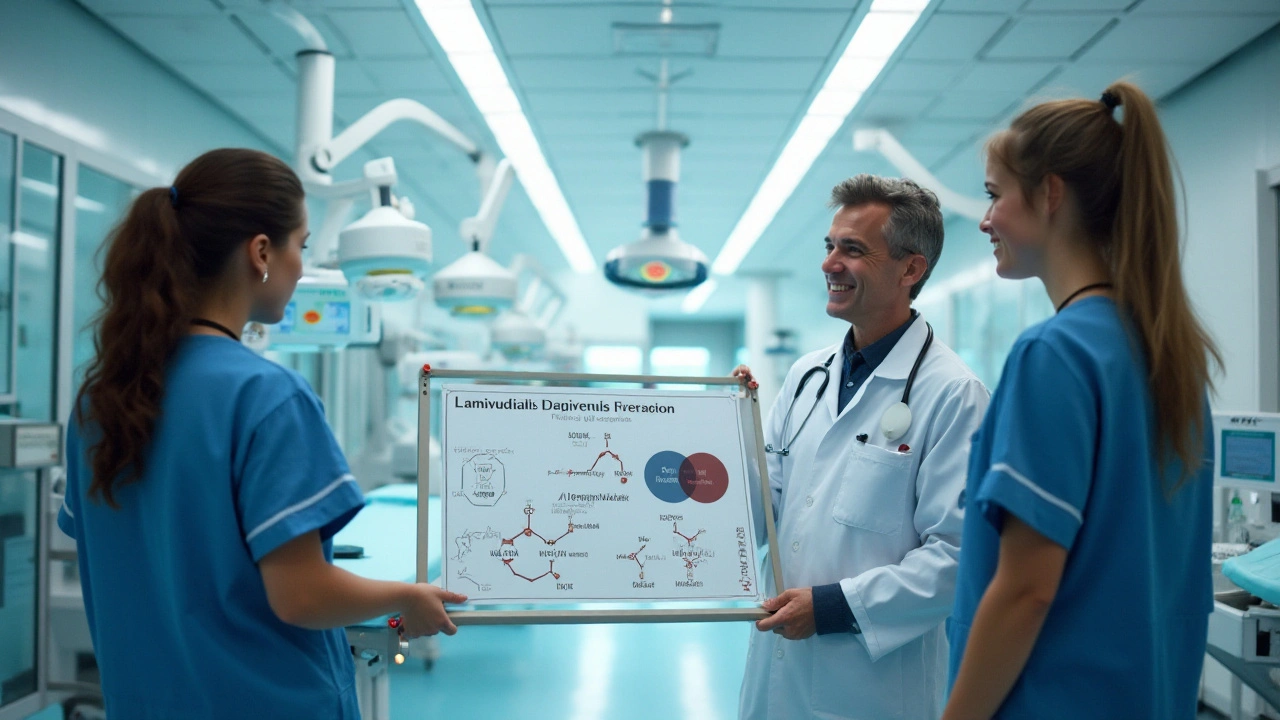Understanding HIV Treatment: What You Need to Know
Dealing with HIV can feel overwhelming, but effective treatment today has come a long way. Antiretroviral therapy (ART) is the main player in keeping HIV under control. When used consistently, ART helps lower the virus to undetectable levels, which means you won’t transmit HIV to others and can live a long, healthy life.
Starting HIV treatment early is crucial. It not only protects your immune system but also reduces the chance of complications and other infections. If you’ve been diagnosed recently or have questions about your next steps, it’s best to chat with a healthcare provider who understands the latest therapies.
How Antiretroviral Therapy Works
ART combines different HIV medicines to stop the virus at various stages of its life cycle. These medications don't cure HIV, but they keep it in check effectively. Most people take a combination pill once daily—making it easier to stick to treatment without feeling overwhelmed.
One key thing is consistency. Skipping doses can allow the virus to become resistant, making treatment harder. On the flip side, sticking to treatment can suppress the virus to the point where it’s undetectable in your blood — a game-changer for your health and preventing transmission.
Practical Tips for Managing HIV Treatment
Manage side effects by reporting them early to your doctor—they can adjust your meds if needed. Also, keeping a routine helps; set alarms or link your medication to daily habits like brushing your teeth. Support from friends, family, or support groups can also keep you motivated.
Remember, beyond meds, a healthy lifestyle matters. Eating well, staying active, and avoiding smoking or excessive alcohol supports your immune system. Regular health check-ups are essential to monitor your progress and catch any concerns early on.
If you’re curious about medication options, interactions, or resistance, reach out to your healthcare provider — they can guide you through choosing the best, up-to-date treatment plan tailored just for you.

Understanding Lamivudine in Post-Exposure Prophylaxis: A Comprehensive Guide
- Jan, 22 2025
- 7
Lamivudine plays a crucial role in post-exposure prophylaxis (PEP) for preventing HIV infection after potential exposure. This article explores how lamivudine works in conjunction with other antiretrovirals, its effectiveness, and its importance in the medical field. Readers will gain insights into the drug's mechanism, when it should be administered, and how it complements PEP protocols. Important facts about its usage, side effects, and tips on adherence to the treatment plan offer valuable knowledge for those interested in HIV prevention strategies.
Categories
- Medication Information (82)
- Health and Wellness (47)
- Women's Health (5)
- Supplements (5)
- Pharmacy Reviews (5)
- Dermatology (4)
- Mental Health (4)
- Nutrition (3)
- Fitness and Wellness (3)
- Support Resources (3)
Archives
- December 2025 (29)
- November 2025 (24)
- October 2025 (29)
- September 2025 (14)
- August 2025 (2)
- July 2025 (7)
- June 2025 (2)
- May 2025 (3)
- April 2025 (4)
- March 2025 (3)
- February 2025 (1)
- January 2025 (3)
- online pharmacy
- dietary supplement
- health benefits
- side effects
- medication safety
- treatment
- wellness
- optimal health
- safe medication purchase
- online pharmacy Australia
- generic drugs
- brand name drugs
- link
- women's health
- dietary supplements
- sleep
- asthma treatment
- diabetes management
- post-exposure prophylaxis
- type 2 diabetes medication
